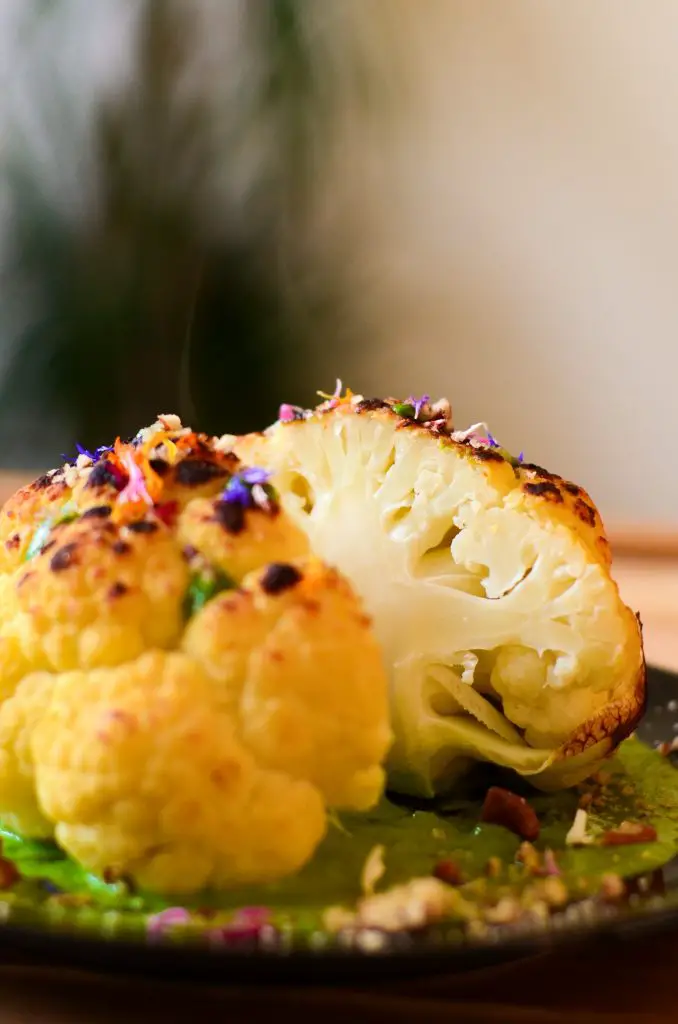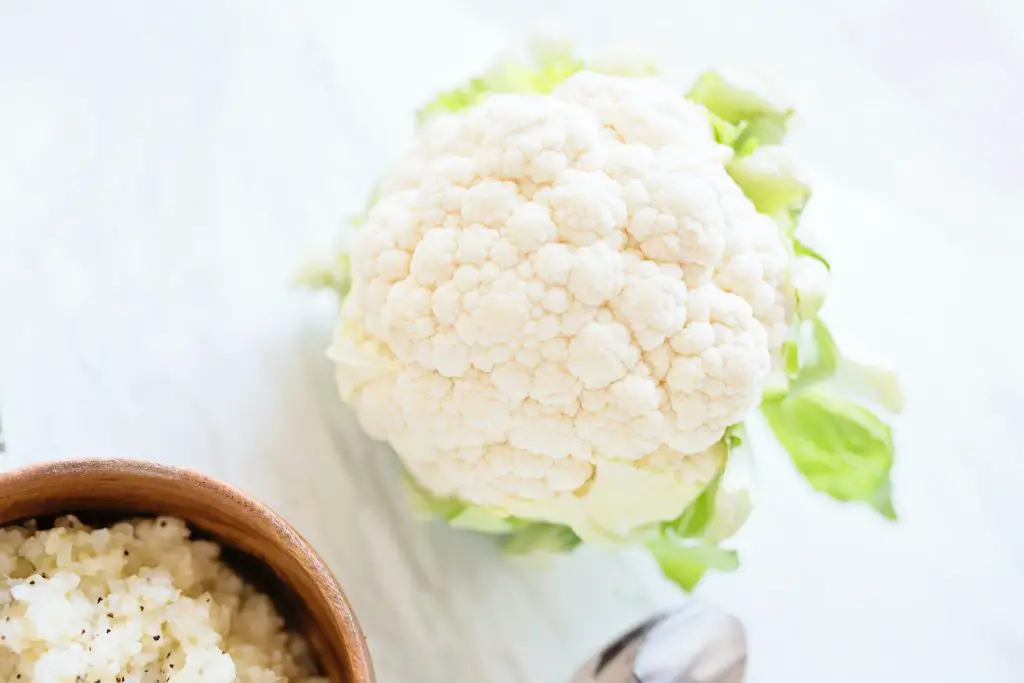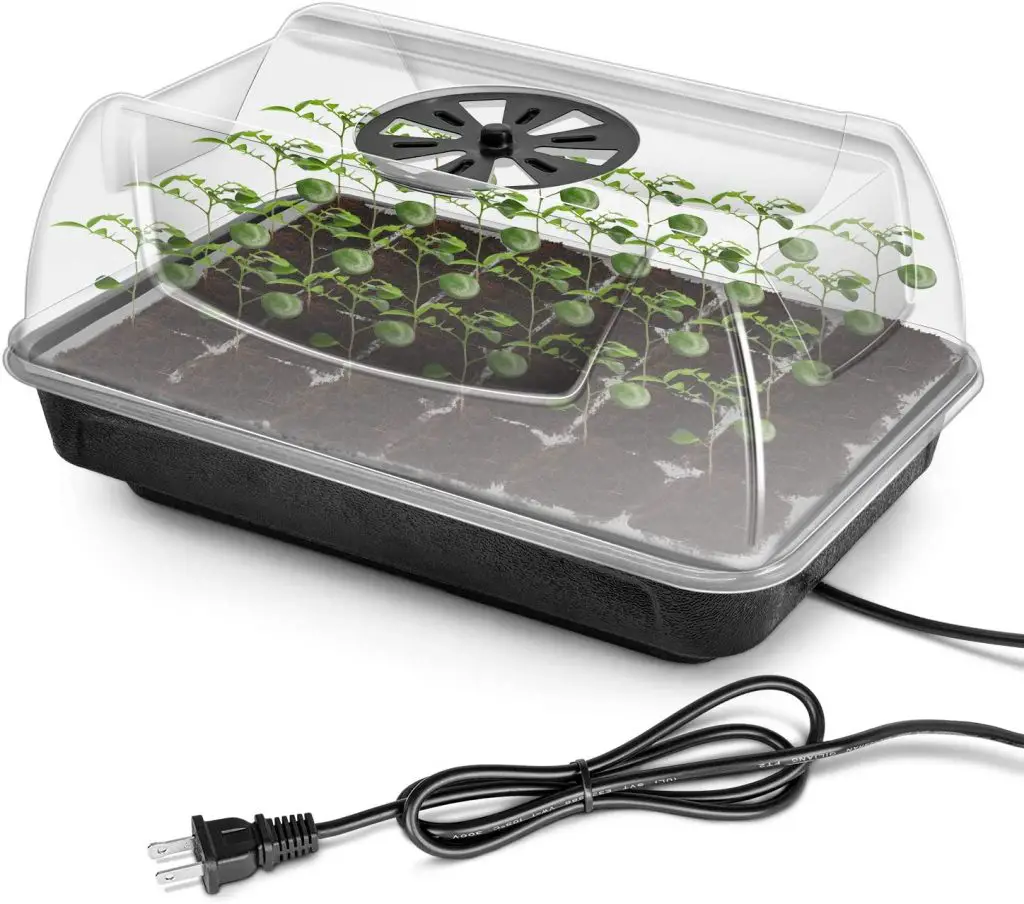Does Cauliflower Regrow After Cutting? Cauliflower is a popular winter vegetable that has grown widely throughout the world and is used in a range of dishes. However, if you are growing cauliflower at home, which can be a little bit challenging, one of the common questions that is asked is once you harvest the main head does the cauliflower produce secondary growth?
Cauliflower typically only produces a single head which after it is harvested does not normally produce secondary side shoots in a similar way to broccoli. However, it has been known to happen on occasion but it is relatively rare. So once you have harvested your cauliflower it is best to remove it from the garden to make space for your next crop.
The head of cauliflower should ideally be picked once it reaches a width of 4 inches or greater. At this point in time the cauliflower can be harvested at any stage however I have had cauliflower heads that have reached up to 10 inches in diameter.
The main consideration when selecting when to harvest your cauliflower is when are you going to use it and also is the cauliflower head beginning to deteriorate. Deterioration of the cauliflower head will occur more rapidly in the warmer the weather is. So if you have cauliflower that is growing in spring you are typically going need to harvest it earlier.
Signs of deterioration that typically appear are that the cauliflower head is beginning to yellow or it is curds are beginning to separate which is an indication that is about to produce shoots and then flowers.

Why Does Cauliflower Yellow?
One of the most common things that are observed in growing cauliflower is that the head begins to yellow over time particularly when the weather is warming up. The main cause of this effect is that the cauliflower head is exposed to excessive amounts of light which create a chemical reaction within the head that causes it to yellow.
The yellowing of the head is typically not something that will make it inedible but it is an indication that you need to pick the cauliflower relatively quickly in order to eat it. However, they are also things that you can do to reduce the extent of this effect.
The first thing that you can do is to cover the head of the cauliflower with its own leaves by either tying them up or pegging them back using a clothesline peg. I prefer to use the latter because it is quick and easy to do and is quite effective.
However, the second method which is even more effective is to select a blanched variety rather than a non-blanching variety. Blanching varieties are those which have leaves that grow over the top of the cauliflower head and naturally protect it from exposure to light. This typically is used by commercial growers to reduce the amount of manual handling required when growing a cauliflower.
If you are trying to find some more of these unusual varieties of cauliflower I would highly recommend that you visit the company called seeds now which has a broad range of unusual varieties. To visit the site click on the link below.
One of the varieties which you can select which will definitely overcome the yellowing issue is purple headed cauliflower which does not suffer from that issue at all.
When Is The Best Time To Grow Cauliflower
Cauliflower is more difficult to grow than many broccoli varieties because it is more heat sensitive than other brassicas. As a result of this sensitivity, it is necessary to grow cauliflower in the cooler parts of the year. This means that ideally cauliflower should be grown in spring and autumn and if the weather is not too cold it can also be grown in winter.
Cauliflower can typically survive temperatures of around 26 to 28F, however, any temperatures lower than that will result in the plant deteriorating. So if you are experiencing temperatures that are below freezing it is generally advisable to provide some protection to the plant.
The need to grow the plant in cool weather means that ideally there is a couple of windows of opportunity in which you can plant seeds which are at the end of winter and also in midsummer. The sowing in mid-summer may seem counterintuitive, however, it is necessary to get the plant going at this stage.
This is because it will typically take 6 weeks before the plant is ready to go out into the garden by which time you are beginning to enter the early stages of autumn. At this point in time, the plant will not produce a head for at least another 4 weeks or so which means that you will have reached the point of the year in which the weather is cooling down.

When the weather becomes relatively cold growth will slow down dramatically which means that if the weather is not too severe the heads of cauliflower can usually sit in the garden for an extended period of time which is absolutely ideal for ensuring that you have a supply veg throughout the winter period.
However, if you are growing cauliflower in spring it is very much a race against time to mature the cauliflower before the weather gets too hot. To do this it is necessary to start the seeds in mid-winter in most locations indoors which may necessitate you using a heated seed propagator. Heated seed propagation trays are generally available from places like Amazon to see the latest price click on the link below.
I hope you found this article useful and have great success growing your own cauliflower at home, if you have any additional comments or questions please in the section below.
Relevant Articles
How Long Does It Take Cauliflower Seeds To Germinate? How Does Temperature Effect It?
Is Cauliflower A Flower? If Not What Is It?
How Much Sun Does Broccoli Need? Can It Tolerate Shade?
What Are The Different Types Of Broccoli?


